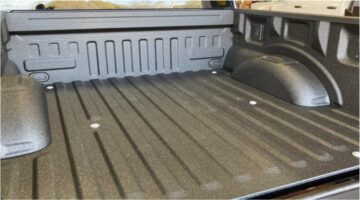There are a variety of power couplers and splitters available. Splitters, or dividers, are designed to combine the power from amplifiers. Many people choose to go with RF power dividers. However, there are many things you should consider when choosing a power combiner.
1. Bandwidth
The bandwidth of a microwave power combiner is very narrow. While this is fine for most applications, if you need an ultra-wideband coupler, you should stay away from spatial combiners. A lot of people enjoy Wilkinson combiners if they need extra bandwidth.
Wilkinson combiners are often used in broadband settings. However, if high power amplifiers become out of phase, it can lead to a lot of power dissipation. This is something that a lot of people overlook. Remember to consider this when planning your design. Then, decide whether you actually need the broadband combiner.
2. Efficiency
Most people want to minimize their loss when looking for a combiner. This is because just a loss of 1 dB at each stage can lead to you losing half your power output. Additionally, when considering efficiency, you need to consider the amount of loss that will occur when the current is transported from one divider to the next. If you are looking to maximize your efficiency, a radial combiner is what most people will choose.
There are often arguments about what type of combiner is the most efficient. The reality is that it often depends on each unique situation and how the proposed combiners will perform under the conditions. Therefore, you may want to run a hypothetical scenario with each type of combiner to find the one with the most efficiency for your project.
3. Size
The size of the divider you choose should be based on the function you are looking for and the materials it is connected to. For instance, you should choose a smaller combiner if you use a stripline material and a much larger device for a waveguide line.
4. Isolation
Isolation is an important quality that most people overlook. You don’t want any of the amplifiers to be able to interact with their neighbors. If they are allowed to interact, spurious oscillation can occur. In practice, it can be difficult to achieve the isolation you need for maximum power output, so you need to look for a combiner to help you achieve your ideal isolation numbers.
There are a lot of different combiners available. To choose the best one for your application, you need to consider your ideal bandwidth, efficiency, size, and isolation numbers.









